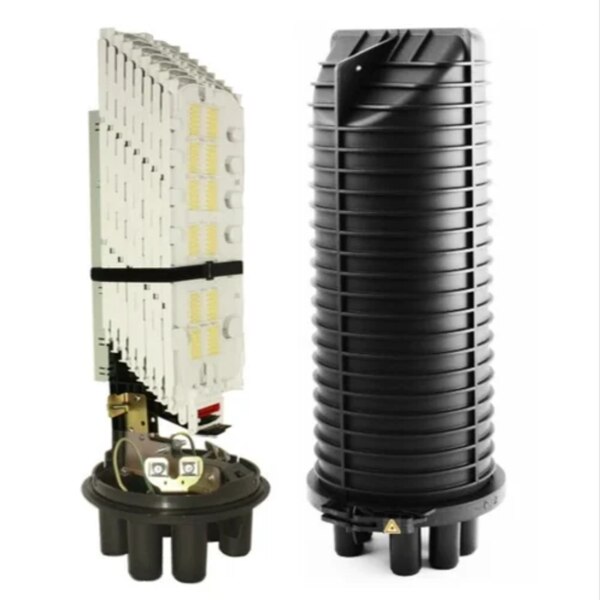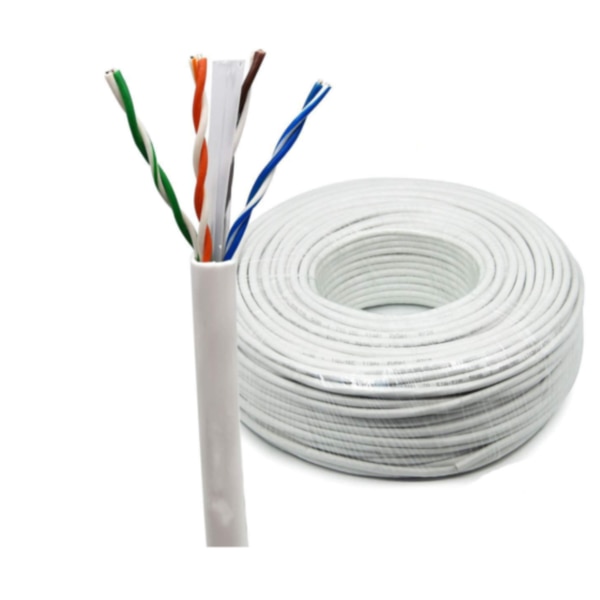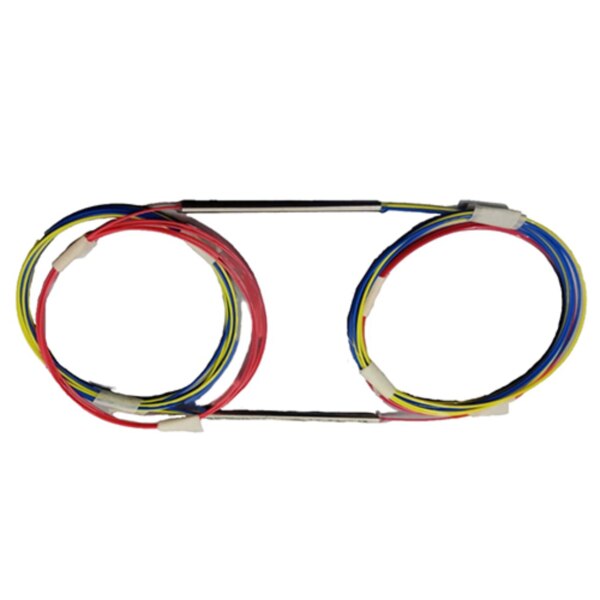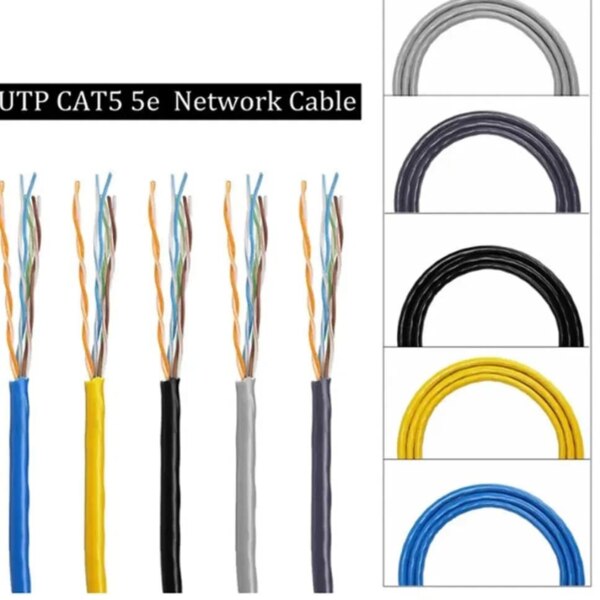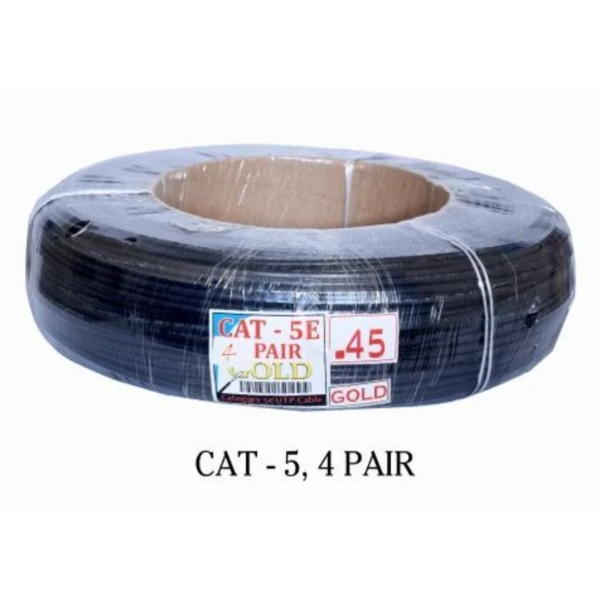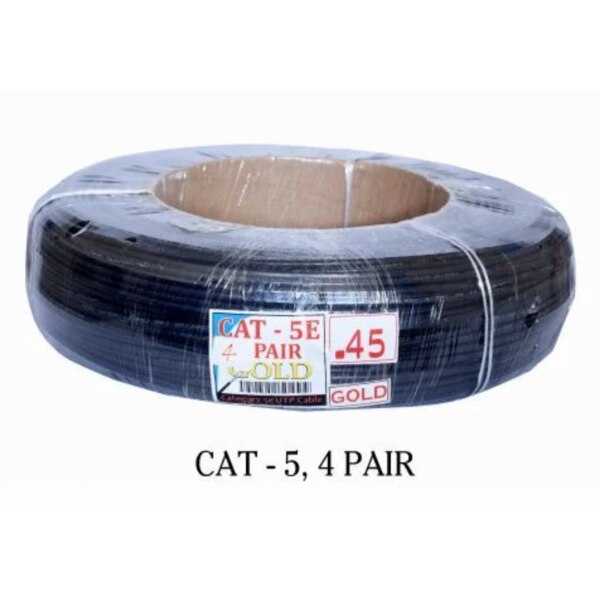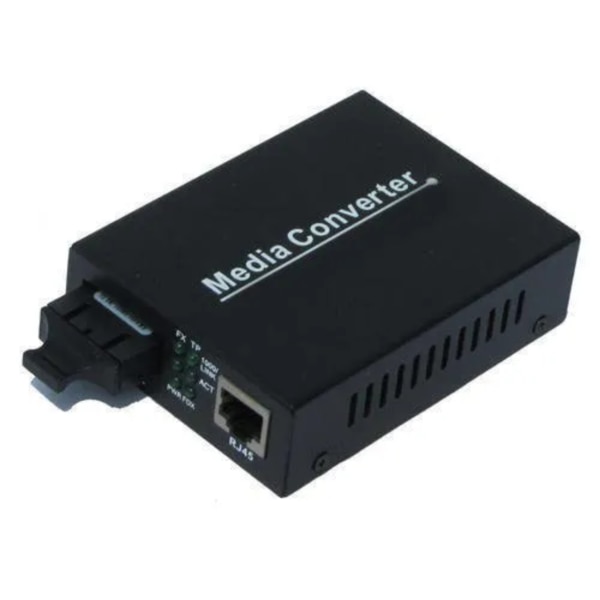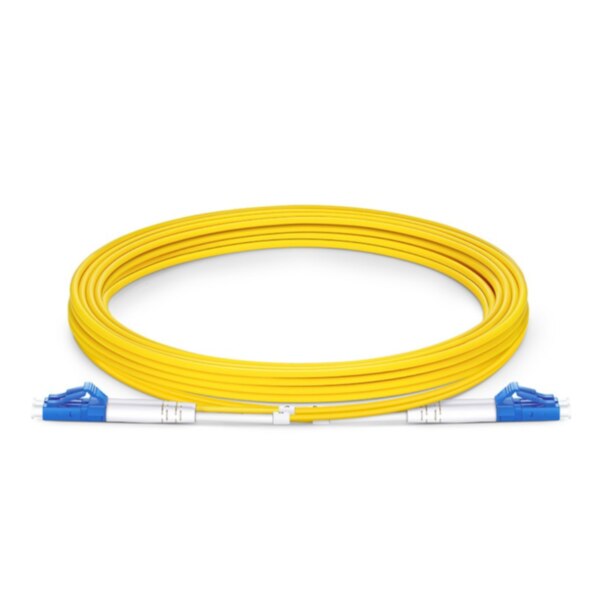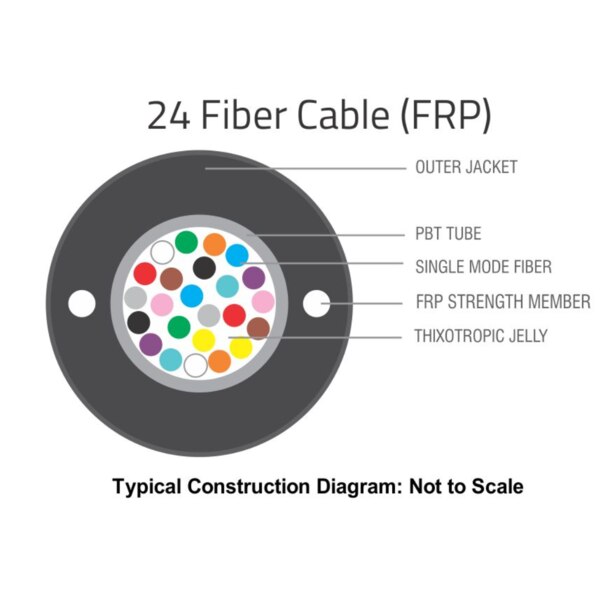FBT TRIPLE WINDOW COUPLER
A Fused Biconical Taper (FBT) Triple Window Coupler is a passive fiber optic device that splits or combines optical signals over three different wavelength windows (1310nm, 1490nm, and 1550nm). It is widely used in fiber optic communication networks, FTTH, and WDM systems for signal distribution.
Features (One-Liners):
Triple Window Operation – Supports 1310nm, 1490nm, and 1550nm wavelengths.
FBT Technology – Manufactured using fused biconical tapering for high reliability.
Low Insertion Loss – Ensures minimal signal attenuation.
High Stability & Reliability – Designed for long-term operation in telecom networks.
Available in Various Splitting Ratios – Common ratios include 50:50, 40:60, etc.
Single-mode & Multi-mode Compatibility – Supports different fiber types.
Compact & Lightweight – Small form factor for easy integration.
Wide Operating Temperature Range – Suitable for various environmental conditions.
Connector & Package Options – Available with SC, LC, FC connectors, or bare fiber.
Applications – Used in FTTH, PON, LAN, CATV, and fiber optic sensor systems.
Send
Message

